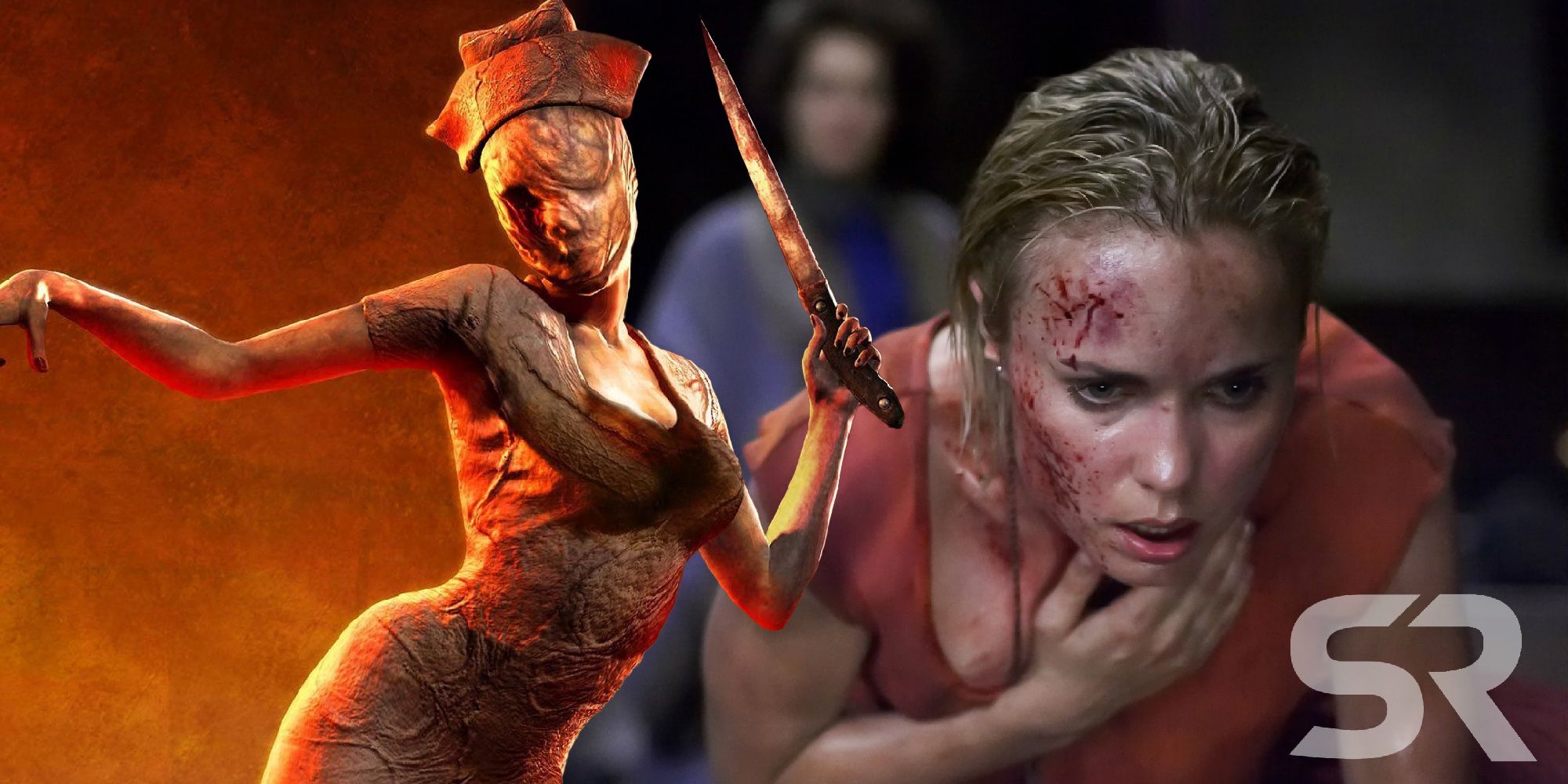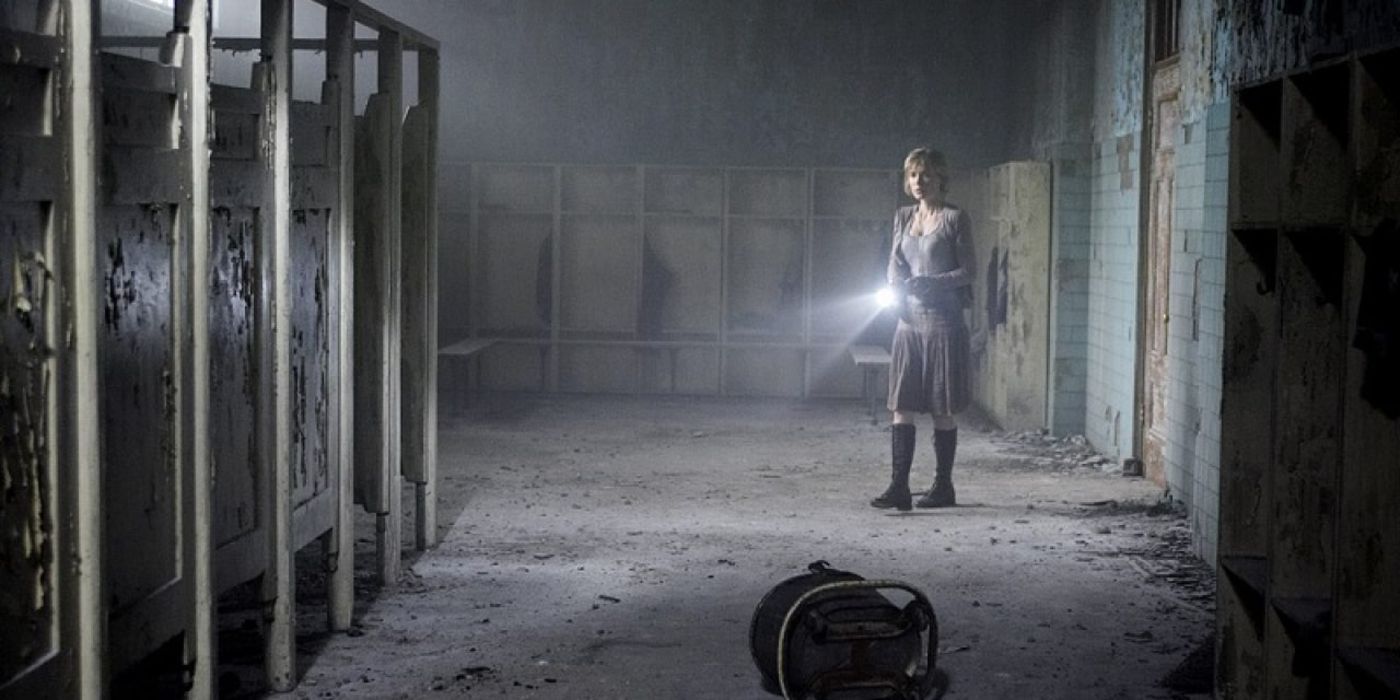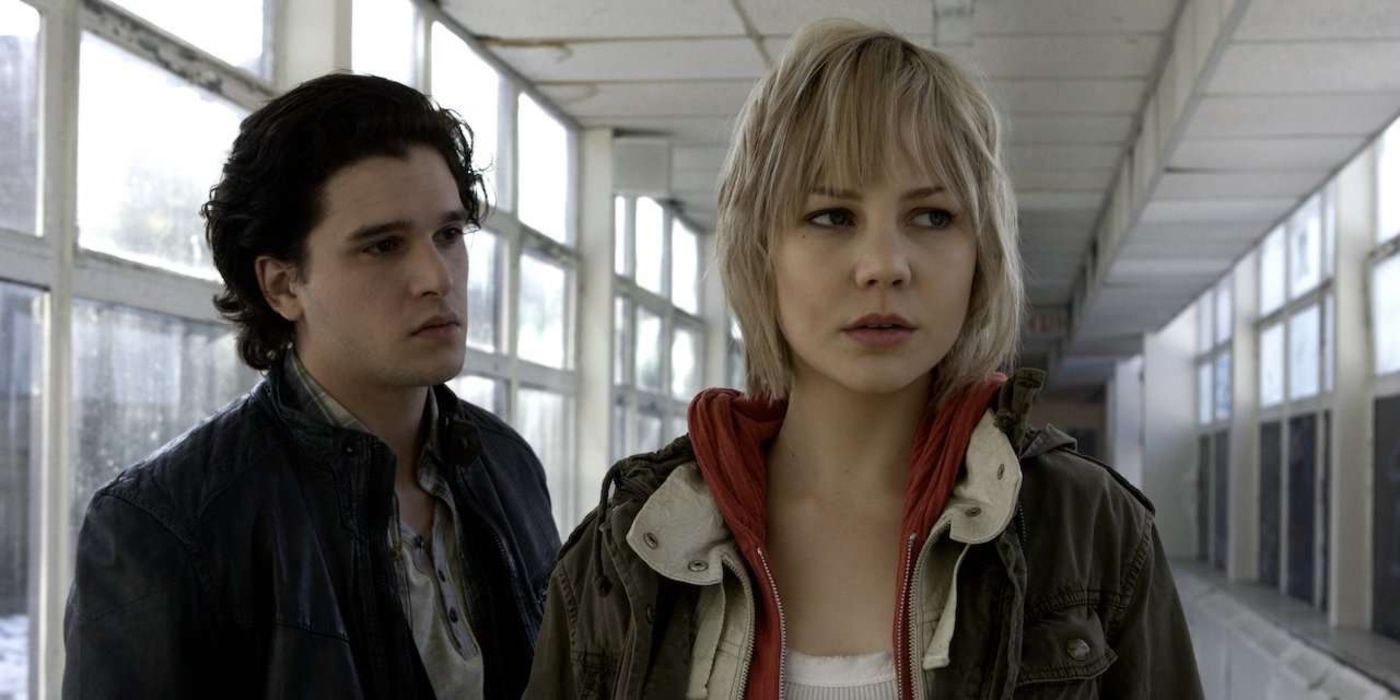Silent Hill is one of the most beloved horror video game franchises of all time, so naturally when it was adapted for film in 2006, fans had a lot of opinions about the movie. While both films received mixed reviews when they were released, many fans have come back to embrace the first movie over time.
Director Christopher Gans notably is a devoted fan of the Silent Hill games, and had the games booted up on set at all times to help his cast and crew nail the tone and atmosphere of the source material. While some may have gripes with story and character changes that the movies made, most agree that Gans was successful in recreating the Silent Hill atmosphere.
Overall, though the movies both followed the basic gist of each game's respective story, there are some notable differences in the characters and various story elements. Here’s a breakdown of what was changed, what the movies got right, and what they got wrong.
What The Silent Hill Movie Changes From The Original Game
The first major change that occurred between the original 1999 Silent Hill game and the 2006 film of the same name is the main characters. In the game, the main character is Harry Mason, a man bringing his adopted daughter, Cheryl, for a vacation in the town of Silent Hill. Harry is a single dad to Cheryl, his wife Jodie having died many years before.
In the movie, the story focuses on a mother, Rose, and her adopted daughter, Sharon, traveling to Silent Hill in hopes of finding answers about Sharon’s origins and strange sleepwalking disorder. Rose’s husband, Christopher, is present in the story, albeit as a side character who serves mostly as a foil to Rose’s decision to seek out Silent Hill.
In both stories, Silent Hill begins with each parent driving their daughter into the town of Silent Hill, then swerving when they see a figure in the road and crashing the car. Each parent wakes up to find their daughter missing and themselves now in the dark and foggy town of Silent Hill. They immediately take off into the town to try and find her.
The other big change that the movie makes from the game is the main antagonist. In the game, Dahlia Gillespie, Alessa’s mother, is the antagonist and the leader of the cult. She is the one who conducted the ritual burning of Alessa long ago. She tricks Harry into defeating Alessa’s darkness because she wants to reunite the two halves of Alessa’s soul, Cheryl being one of them and the Dark Alessa being the other, in order to birth their god through her.
In the movie, this role is split, with Dahlia being Alessa’s mother, but a mostly innocent bystander to the ritual immolation of Alessa, while the antagonistic leader of the cult and conductor of the ritual is Dahlia’s sister, Christabella. Additionally, rather than wanting to birth the god of their cult, Christabella is a simple religious zealot who wants to destroy Alessa and anyone else she deems an outsider to the religion of the Brethren. This change is most likely because the film has a moral theme it wants to deliver, distinct from the game, and thus wants the mother to remain mostly innocent.
The final big change that caught fans’ attention between the movies and the game is its inclusion of Pyramid Head. While Pyramid Head is certainly one of the most recognizable Silent Hill villains, he doesn’t appear in the original game, only in Silent Hill 2, where he serves as a personification of the main character’s guilt and anger towards his wife and her death.
Without James Sunderland in the movie, many fans were angry to see Pyramid Head show up. But, Pyramid Head obviously plays a very different role in the movies. He serves as a sort of twisted father figure for Alessa, both enacting her anger and revenge and acting as a protector, killing intruders and keeping them away. This is very different from the way players see him behave in the Silent Hill games.
Silent Hill: Revelation vs Silent Hill 3
Released in 2012, Silent Hill: Revelation is based on the third game in the Silent Hill series. Both the game and the film follow Heather, a teenage girl who is the grown-up version of Cheryl/Sharon from the original Silent Hill. Though her father has kept her true identity a secret from her, Heather has long had nightmares and visions of the town, though she doesn’t know what they mean.
In both the movie and the game, the cult of Silent Hill is looking for Heather because they need her to be a vessel to birth their god. Claudia, the leader of the cult, serves as the antagonist in both pieces as well, though her son Vincent plays a much larger role in the movie than in the game. In the game, Vincent is loyal to the cult and has a very small role. In the movie, Vincent’s role is expanded. Played by a pre-Game of Thrones Kit Harington, he defies the cult and his mother to ally himself with Heather and also serve as her love interest.
The movie also shows a lot more of Heather’s father, Harry, than is seen in the game. In Silent Hill 3, Harry only shows up as a corpse when Heather finally makes it back to her house from the mall where she finds her father murdered by the Order. In contrast, the movie keeps Harry alive, and Heather saves him at the end of the film, though he stays in Silent Hill to search for Rose, another departure from the game series.
Conversely, the private investigator Douglas Cartland plays a much larger role in the game than he is given in the movie. In the game, he is the one who helps Heather get to Silent Hill, giving her a ride and helping to provide exposition about the Order, a role that’s given to Vincent in the movie. He is also the one who remains alive in the inner chamber and is rescued by Heather, while in the movie, this is Harry.
Another big change the movie makes is the use of the Missionary creature. In Silent Hill 3, the Missionary is a major boss who appears on the roof of Heather’s apartment, having murdered her father and then attacking Heather at Claudia’s order. In the movie, the Missionary is given female-coded qualities and a more sexualized, cenobite-style look. In the climax of the film, it’s revealed that the Missionary is actually Claudia’s true form.
Finally, the end sequence of the movie is significantly changed from the ending of the game. In the game, Heather reaches the church only to learn that Claudia, who was Alessa's childhood friend, needs to use Heather’s body to bring about the living incarnation of the Order’s god. When Heather confronts Claudia, she vomits out a fetal version of the deity which Claudia promptly swallows, giving birth to the deity and dying in the process. Heather then has to defeat the newly born god, who bears a striking resemblance to Alessa.
In the movie, this sequence is toned down significantly, and the final battle is between Claudia as the Missionary and Pyramid Head as Heather’s protector. There’s only a mention of Heather being the vessel for the Order’s god, but it goes no further than a mention and the god is never born.
While both Silent Hill and Silent Hill: Revelation follow the same basic story premise as the games they are based on, Silent Hill is successful while Silent Hill: Revelation falls short. Silent Hill: Revelation is clearly an overly sanitized cash-grab, failing to capture the game’s essence. Silent Hill (2006), on the other hand, is a highly effective love note to the games, matching the tone and atmosphere to provide an overall rewarding fan experience, despite a few changes. There’s a reason Silent Hill is now known as one of the best video game movies of all time.



